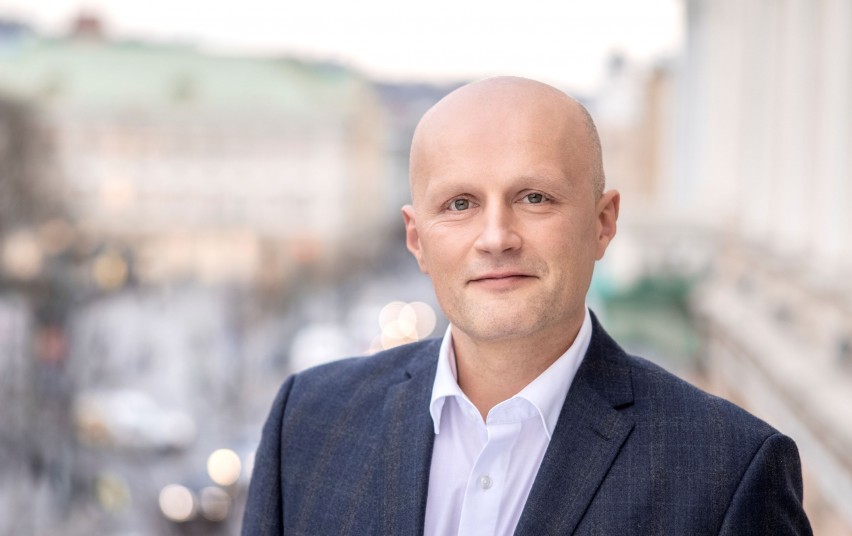The Energy Vision 2050 presents scenarios that open up opportunities for Lithuania to become the hub of next-generation industrial development and a climate-neutral country. Lithuania would switch from fossil fuels to electricity from renewable energy sources (RES), generate electricity for domestic needs, to produce hydrogen, and export not only energy, but also higher-value sustainable products.
The energy transformation pathways have been developed by EPSO-G, the energy transmission and exchange group, together with experts from international consultancy DNV. It also involved cooperation with Lithuanian industry, energy companies and experts.
“Changes are taking place globally, and they are changing the energy sector too. The vision, which we hope will become the starting point for the renewal of Lithuania’s energy independence strategy, sets out possible scenarios for the country to become the hub for green technology development. These scenarios would guide the implementation of energy projects, the development of strategic partnerships and the creation of a basis for the integration of different sectors”, says Mindaugas Keizeris, CEO of EPSO-G.
According to Mindaugas Keizeris, in order to transform the energy system and ensure competitive energy prices for both producers and consumers, it is necessary to focus not only on the development of renewable energy or the reliability and development of transmission networks and interconnections, but also to create favourable conditions for the decarbonisation of industry, heat and transport, and the integration of the emerging flexibility measures into a single system.
Lithuania is already well on its way to a sustainable energy future, with solar and wind farms being developed on land, preparations underway for the development of the offshore wind farms in the Baltic Sea, and green hydrogen and other strategic energy projects in the pipeline. By 2030, Lithuania should not only produce electricity for domestic use, but also create the conditions for the development of a hydrogen industry and the export of residual energy.
In the third quarter of this year, 50% of the electricity consumed in Lithuania was generated domestically, but the rapidly growing demand for electricity is needed to continue the increase of domestic electricity generation. Lithuania currently consumes about 11 terawatt hours (TWh) of electricity per year, and by 2050 to reach carbon-neutrality this demand could reach 74 TWh per year. One important reason for the growth in electricity demand is the substitution of other (fossil) fuels and raw materials by cleaner energy, the development of power-to-gas hydrogen production and the decarbonisation of the industrial and transport sectors, with electrification being a priority.
Currently, Lithuania is dependent on imports of natural gas, oil and electricity, but by 2050 the situation will have changed dramatically, with fossil fuels being phased out in favour of electricity from renewable energy sources, biogas and hydrogen. Most of the electricity in 2050 will come from onshore and offshore wind farms, solar power plants and other flexible energy generation facilities.
Peaks in electricity generation will lead to the power-to-gas production of cheap green hydrogen and synthetic fuels. By 2030, 1.3 GW of hydrogen production capacity from electricity generation facilities is planned to be built in Lithuania, and by 2050 the total hydrogen production capacity will reach 8.5 GW. According to the authors of the vision, the creation of an flexible and interconnected ecosystem will be crucial to ensure the security and adequacy of the energy system. It is therefore appropriate to pursue a number of lines of action, including the continued development of RES, the conversion of industry, consumption to zero-emission products, hydrogen transport and storage, the development of flexibility services, and the adequacy of interconnections for system needs and energy exports. The Scandinavian and Baltic countries have great potential to become exporters of green energy to Central Europe.
The EPSO-G group of companies consists of the holding company EPSO-G and its five direct subsidiaries Amber Grid, Baltpool, Energy cells, Litgrid and Tetas. The rights and obligations of the sole shareholder of EPSO-G holding are implemented by the Ministry of Energy of the Republic of Lithuania.

